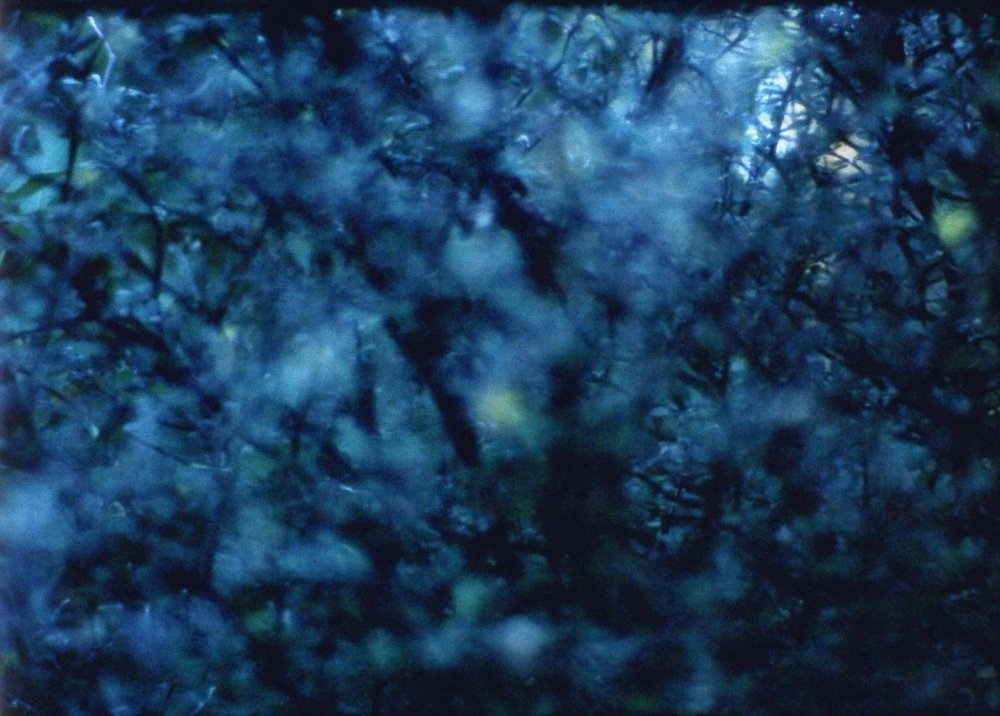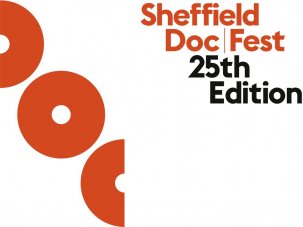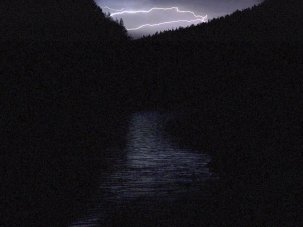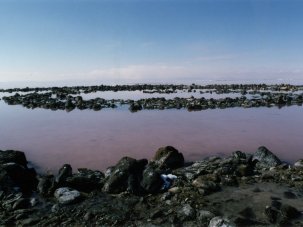Most filmmakers think about light when making films. All film is light, after all; every image in every film needs the light that illuminates it in order to exist – for capture, and for projection. Yet few think about it quite as much as artist-filmmaker Nathaniel Dorsky. As he writes in his book-cum-manifesto Devotional Cinema, “beyond everything else, film is a screen, film is a rectangle of light, film is light sculpture in time”; to not consider it deeply would be to disregard film’s most essential property.
Nathaniel Dorsky’s Arboretum Cycle screened on 10 June 2018 at Sheffield Doc/Fest. See also nathanieldorsky.net.
Immediately after this line, he asks a few hypothetical questions. “How does a filmmaker sculpt light in harmony with its subject matter? How can light be deeply in union with evocation? How do you construct a temporal form that continues to express nowness to the audience?” In the book – a short text making the case that cinema, when handled correctly, can (and should) be a transcendental experience – he asks these questions as much as a film-viewer as a filmmaker. Some of the clearest answers, however, arrive in his latest work, a seven-film-long cycle of short films made in the Strybing Arboretum of San Francisco’s Golden Gate Park titled Arboretum Cycle.
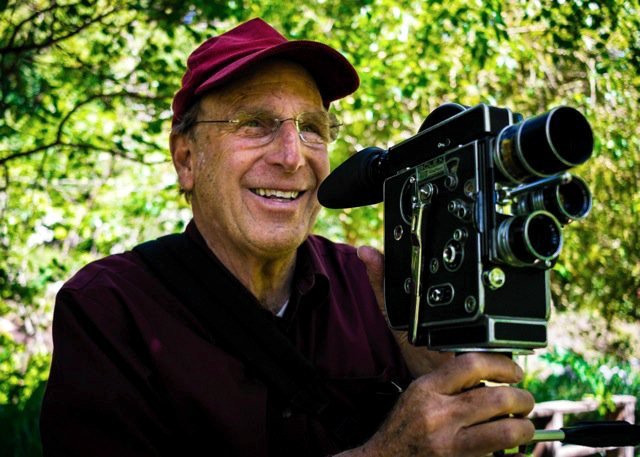
Nathaniel Dorsky with his 16mm Bolex film camera
“Films needs light as much as anything else,” Dorsky said, speaking to the audience over Skype after a screening of the cycle at Sheffield Doc/Fest. Explaining the genesis of this particular series, he described standing within the arboretum, located just a short walk from his home, and feeling a sense of earthly connection that is perhaps familiar to a filmmaker with a uniquely developed sensitivity: “I could feel the breeze, the texture, the light, the air.”
He describes the film that resulted from this, Elohim, as something that “happened organically”, but also something he made with a specific authorial intent: “I wanted the film itself to breathe light.” Beginning as a single film, it grew into a series of seven – the first filmed in February and the last in December – all contained within that same arboretum, crossing the seasons and charting the changes (of light and darkness; weather and wildlife; growth and decay) contained therein. Both micro and macro in focus, the Arboretum Cycle shows what Dorsky has called “a complete year in the world of light and plants”, depicting all of light and, by extension, all of life.
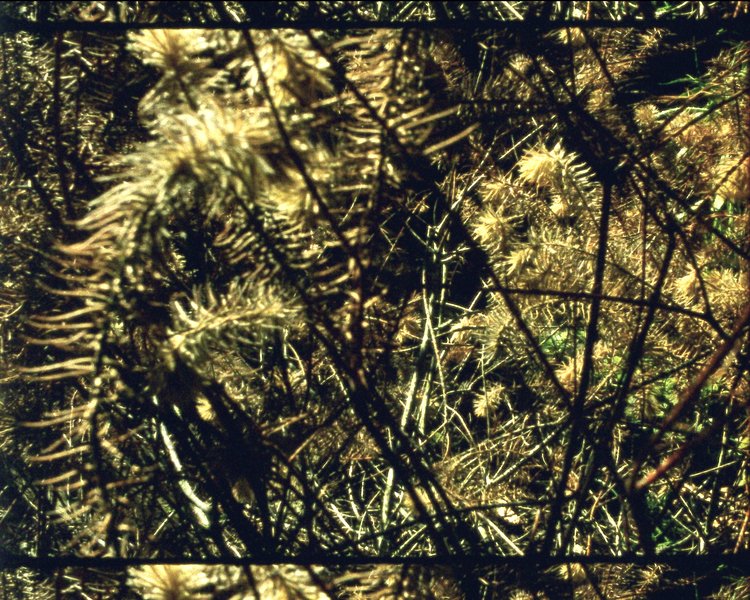
Epilogue
Though the arboretum’s grown environment is the ostensible focus, light is the principle subject of the series, and of large parts of the filmmaker’s career. Dorsky is now 75 years old and every bit as awake to the world’s vitality as he has ever been. Across more than five decades of filmmaking, shooting (and screening) always and only on 16mm, he has explored the ways in which light falls – on landscapes, objects, structures, landscapes and, occasionally, people – and how the camera can be used to reflect the indelible, ineffable beauty of this.
His films consistently achieve this through a delicacy, acuity, immediacy and above all a benevolence of vision that radiates into the viewer’s core, enlivening them to the world and its minute details, enabling them to see and sense each observance as it is – or rather, as more than it is. The films afford a focus and proximity to the object that is unusual in ordinary life; the effect is amplified through a style of non-linear editing that permits each image to be devoted an undivided attention, whilst still allowing for the accumulative emotion of the sequencing of consistently beautiful images that communicate wiith each other subtly and largely subconsciously. As a viewing experience, his films are both energising and exhausting, at once too much and not enough. They are films that encourage hyperbole, and defy description. The viewer leaves the cinema in a state of bodily awe, largely unable to describe or recall the specificities of what they saw, instead feeling a more generalised sense of alertness and sensitivity, a tingliness and warmth that often transfers to their subsequent experience of the outside world.

Elohim
Yet Elohim begins without light. Small white splotches emerge from a total black as the camera’s lens opens wider, slowly letting light in. The eye adjusts and these formations can be seen to be white flowers sprouting on a bush that fills the frame. The aperture continues to adjust, leaking light in and bringing more of the scene into view until all of it can be seen, and then none, as the white consumes the black.
This repeats from a number of perspectives and angles, Dorsky examining the garden’s first growths with curiosity and concentration. This same technique is seen across the whole cycle, manufacturing movement within a fixed perspective frame through aperture change and the dilation of light. Shifts within shots sit alongside straight cuts, action is created where there is essentially none. The first sense is of wonder – at this seasonal emergence of new life, and at how the properties of light interact with it under the ever-adjusting camera’s varying gazes.

Abaton
Next, with Abaton, something similar, but offering maybe a greater resplendence. Many more flowerbeds can be seen at a distance, the same exposure undulations bringing them in and out of sight and definition. Flickers and soft flashes and a heightening of rhythm, alongside focal shifts within the frame that obscure some elements and direct attention towards others, manipulating the viewer’s gaze and creating interplays between areas of the frame’s foreground and background, establishing depth within fixed positions, further movement within a fixed frame. Elements of the changing weather enter the image, flutters of wind adding movement to the image’s growing sets of objects as more erratic patterns produced by the fluctuating natural light disrupt the scenery’s base serenity. Springtime’s first blessings are looked upon, low down and in and out of light.

Coda
Coda and Ode see the arrival of summer, and with it new qualities of light, new weather, new soil conditions, new plantlife and, eventually, the first signs of decay. Seen among the widening, sometimes repeating base of images are a variety of shrubs, trees, grasses, reeds and a seeming infinity of blossoms, berries and bracken, mostly shot within a proximity that gives the effect of submergence, masses of vegetation consuming the frame with very rare glimpses of the sky, and never any glimmer of any human presence other than the filmmaker himself.
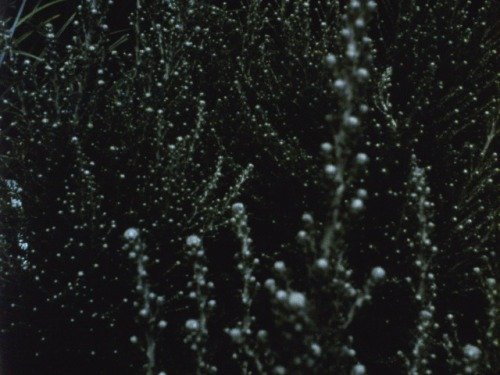
Ode
The effect is that the environment feels less like a garden than a forest, and the camera (and viewer, by this point well-connected, absorbed into the cycle’s rhythms) less of a flat observer than an active dweller within the space, so well established by now that it seems like the various vines may have entangled with and grown around Dorsky during his time spent in the garden. In these two parts there is a greater variety of colour; the same focus tricks used over floral washes achieve particularly rich canvases of abstraction where the objects within the frame often become impossible to determine. Hot reds and vibrant purples bloom magnificently before wilting in the summer heat; Dorsky’s increasingly abstract palette mutes into muddier browns and denser reds.
The autumnal sections September and Monody feature, amongst other things, a large tree, centralised and distanced in a way that little else is within the cycle, as well as a focus on the throbbing colours of the garden’s second growth, a variety of richly hued florae doted upon with a devotion that seems almost to reflect the amount of time Dorsky has now spent fixated on this one part of his local environment.

September
The cycle’s concluding part, Epilogue, is particularly sensuous but in a different way, the imagery lent a density by winter’s dampth and darkness. The thick undergrowths take on a claustrophobic quality as the darkness is largely no longer manufactured through lens adjustments but a result of the natural gloom.
Here – having spent so long in the undergrowth – is where viewers might start to see things that are not necessarily there. (Over Skype after the Sheffield show, Dorsky asked us for feedback on this first uninterrupted screening of all seven parts – he was still experimenting with screening breaks to work out how best to present the cycle.) Some may see “hallucinations”, in Dorsky’s word, that are a product of both the continual attention induced by the viewing experience and the dark qualities of the images themselves – a product of the now decaying and collapsing plantlife strangling the increasingly delicate winter light. As before, Dorsky open and closes his lens, filtering the rays, displaying as much affinity for capturing the low light as he has catching it at its brightest.
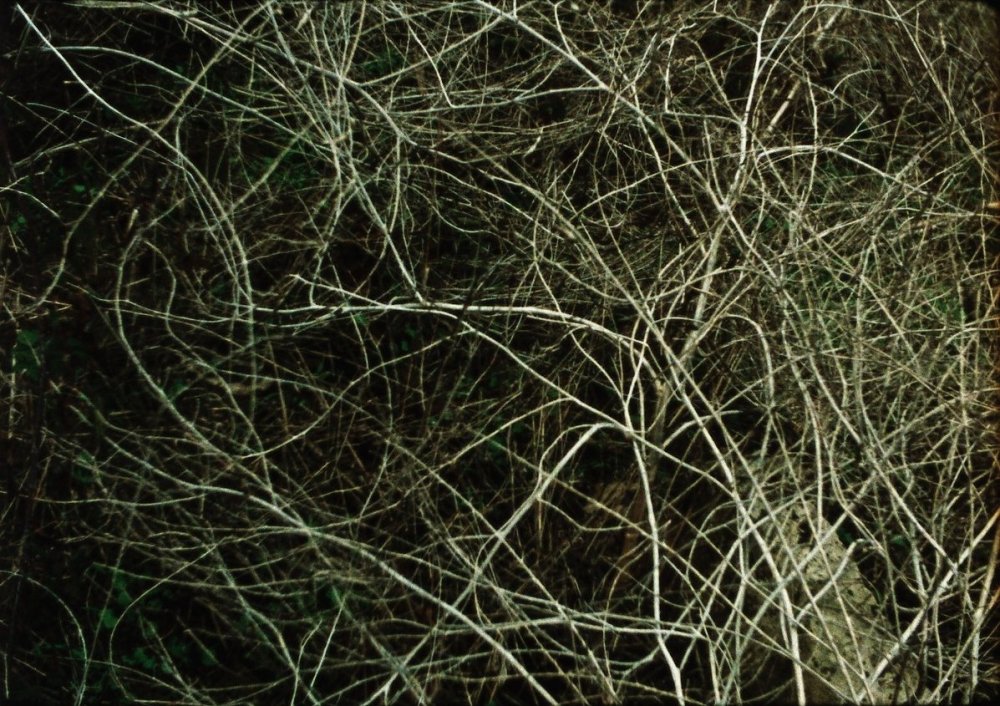
Epilogue
In Devotional Cinema, Dorsky wrote: “When a filmmaker is fully and selflessly present, the audience becomes fully and selflessly present. The filmmaker’s physical relationship to the world manifests as the camera’s relationship to the image and becomes the audience’s relationship to the screen. To the degree that a filmmaker can relate directly to the heart of an object, the viewer will also relate directly to the heart of an object. The audience will see the screen as the camera sees the objects, and a great unity of heart will take place between filmmaker and audience.”
His Arboretum Cycle is one of the purest, clearest and warmest evocations of this conception, a most direct relation between object, camera, screen and audience, a dismantling of distinctions between these four things through a totalising, continual immersion within the fluctuations of the light of the undergrowth. Or, as Dorsky put it in the Q&A at Sheffield: “I became a plant.”
And yet, though the cycle ends in near-darkness, it seems that Dorsky remains drawn to the light. In the time between the Arboretum Cycle’s screening at Sheffield and now, Dorsky has announced another chapter, of sorts, a second springtime. Not made to be shown along with the Arboretum Cycle, but still attached to it, Colophon (for the Arboretum Cycle) is a new three-part, 13½ minute film that sees Dorsky back in the garden. Not an eighth part, it is instead apparently “a new thing, a spring later, a different maker, so to speak”. The seasons restart; the cycle resets.
-
The Digital Edition and Archive quick link
Log in here to your digital edition and archive subscription, take a look at the packages on offer and buy a subscription.




